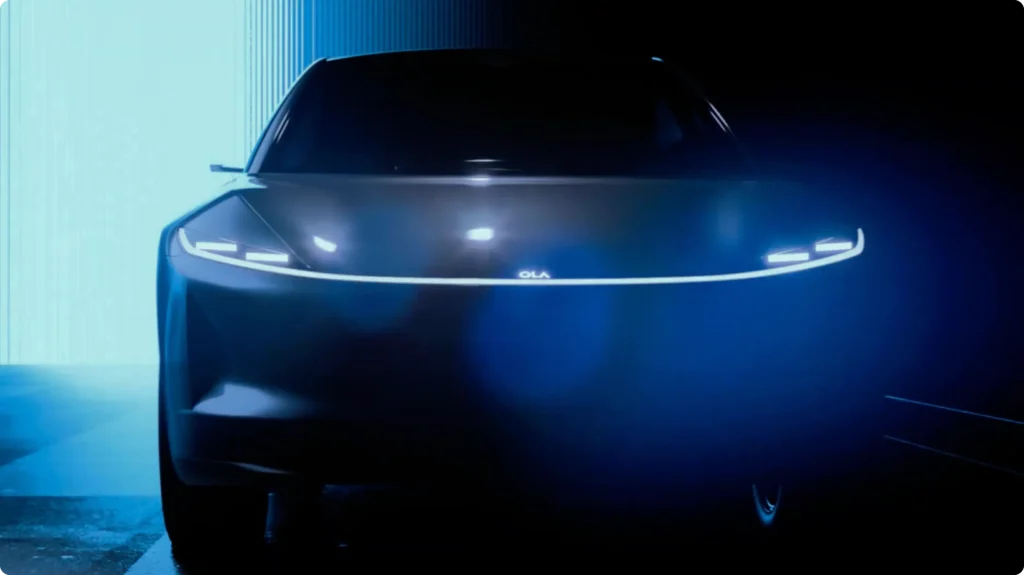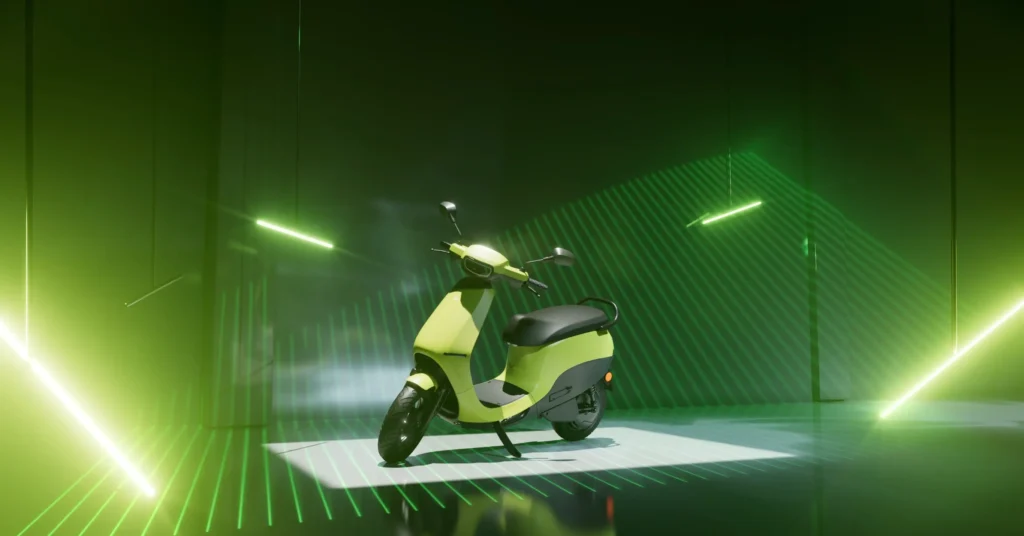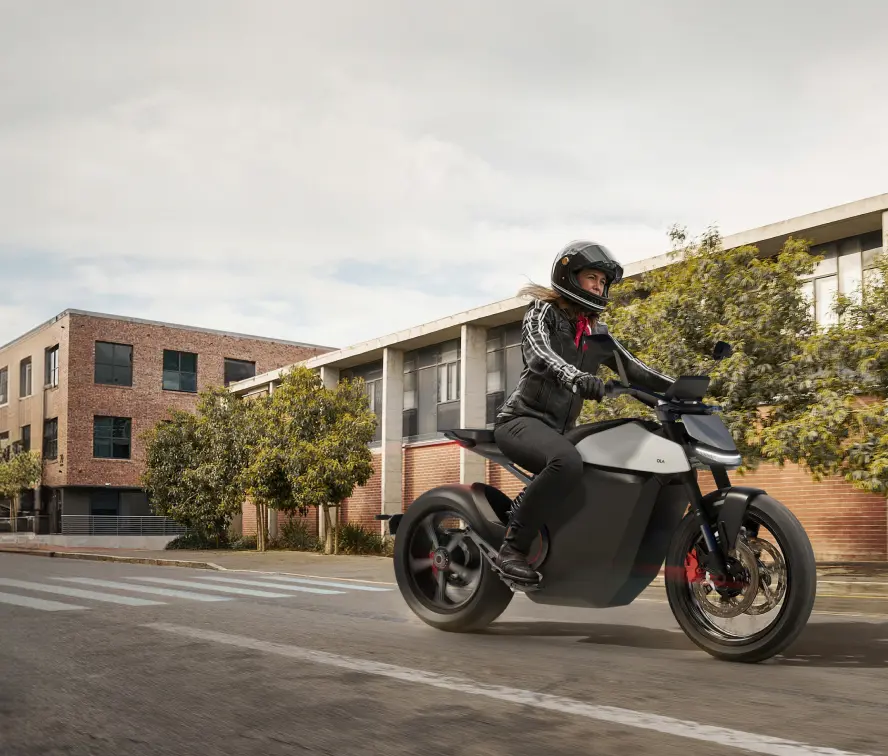Electric vehicles (EVs) are at the vanguard, ushering India’s mobility sector into a sustainable future. This comprehensive guide maps the numerous cutting-edge innovations powering mass adoption of EVs tailored for Indian transportation needs.
Government Targets to Steer the EV Growth Engine
Recognizing electric mobility’s pivotal role in reducing emissions and energy dependence, India has rolled out welcoming policies:
- 30% EV penetration mandated for private cars, 70% for commercial cars and 80% for two and three-wheelers by 2030
- Ambitious benchmarks set for installing 2,700 EV charging stations across metros and national highways by 2025
- GST lowered from 12% to 5% for EVs along with import duty exemptions on components
- INR 10,000 crores earmarked by government for EV manufacturing incentives
These measures are catalyzing local startups and global auto majors to invest aggressively in building smart, affordable EVs for Indian riders.

Favorable Factors Propelling EV Adoption
Besides policy initiatives, growing awareness around ecological impact and the realizing total cost of ownership benefits relative to internal combustion engine (ICE) vehicles are persuading consumers towards EVs.
Lower Running Costs
Studies indicate EVs provide over 50% savings in fuel expenses compared to petrol/diesel vehicles given:
- Electricity rates around INR 7-8 per unit vs INR 100+ per liter for fossil fuels
- Higher energy conversion efficiency with 75%+ in EVs versus 30% in ICE
- Lower maintenance without regular oil changes, tune-ups
Reduced Environmental Harm
EVs produce no direct exhaust, enabling cleaner air, especially benefiting dense urban areas along the following metrics:
- 100% less particulate emissions
- 55% lesser heat-trapping CO2 over lifetime
- 40% reduction in respiratory related health issues
Rapid Tech Breakthroughs in Batteries
As the most vital component, cutting-edge R&D in EV batteries bring major performance leaps:
Extending Limits of Lithium-ion Batteries
Lithium-ion cells have long dominated electronics and electric vehicles owing to high charge density. Through ongoing improvements, they’re pushing range and longevity further:
Greater Density and Capacities
- New electrolytes allow squeezing in 20-40% more tightly packed cells per battery pack
- More electrodes stacked per cell via thinner separators increase charge holding capacity
- Ramped up production scales lower per unit cost
Enhanced Cooling Systems
- Liquid cooling via glycol mixtures removes heat faster, allowing sustained peak outputs without damage
- Optimized heat exchanger positioning surrounds cells with optimal temperature maintenance
Space-age Materials Usage
- Nanotechnology based coatings for anodes/cathodes minimize electrical resistance and charging time
- Ceramic reinforcements around cells enhance structural integrity, resisting damage
Smart Battery Management Systems (BMS)
- Integrated microcontrollers optimize power flow and charging parameters, adjusting to usage patterns
- Sensors diagnose cell issues proactively, coupled with overcharge and short-circuit protection
Benefits
| Metric | 2020 | 2025 |
|---|---|---|
| Max range per charge | 310 kms | 500+ kms |
| Charging time – 0 to 80% | 8 hours | 30-40 minutes |
| Battery pack lifespan | 5 years | 15+ years |
Thus while lithium-ion batteries are already proven, constant material science innovations target greater densities, quicker recharging and longer lasting capacities.

Next-gen Battery Chemistries
Beyond li-ion, alternative chemistries on the horizon promise up to 5x capacity improvements:
Solid State Batteries
These replace liquid electrolyte with solid ceramic or polymer materials between anode and cathode. Benefits include:
- 10-15% increased range and power density
- Faster charging – to 80% in under 15 minutes
- Safer operation at higher voltages without fire risk
Aluminum-Air Batteries
Leverage abundant aluminum as the anode while oxygen from surroundings acts as cathode. They offer:
- Very high charge density – up to 10 times li-ion tech
- Much lower costs due to abundantly available aluminum
- Completely eco-friendly and simplicity of design
Although still under development, successful fruition of these chemistries ensures affordable EVs with range and charging experience surpassing traditional fuels.
Accelerating EV Charging Infrastructure Deployments
Accessible and conveniently fast charging facilities are pivotal for mass EV uptake by reassuring buyers about feasible long distance travel.
Collaborative efforts between government agencies and private players like Tata Power, Adani Electricity target comprehensive networks with ambitious benchmarks:
| Charger Type | Specs | 2025 Target |
|---|---|---|
| AC Chargers | 3-7 kW output; 10-100% charge in 6-8 hours | 500,000 chargers |
| DC Fast Chargers | 15-250 kW output; 80% charge under 1 hour | 25,000 chargers |
| Battery Swapping Stations | 100 automated swap stations | 500+ stations |
These will be installed at highways, malls, office parking etc. enabling seamless cross-country travel.

Innovations in Charger Technologies
In addition to expanding charging spots, new designs enhance convenience:
Smart Charging Stations
Cloud-connected stations collect usage data to:
- Optimize charging speed alignment with grid demand
- Enable remote monitoring of station loads to prevent overflow
- Allow pre-booking slots via apps preventing queue buildup
Battery Swapping Model
This entails modular battery architecture, allowing complete packs to be auto-replaced in under 2 minutes at dedicated stations using robotics arms. This swappable delivers instant range resumption for continued journeys vs prolonged charging delays.
Autonomous and Connected EV Capabilities
Integration of next-gen technologies is also enabling modern mobility paradigms:
Self-Driving Cars
Tata’s concept model demonstrates autonomous capability for navigation, route planning and crash avoidance – reducing driver fatigue and errors.
Over-the-Air Updates
Onboard car computers with cellular connectivity allow manufacturers to deploy upgraded software, new apps and settings remotely without workshop visits. This continually enhances user features.
Vehicle-to-Vehicle Communication
Dedicated short range radion systems allow EVs to exchange telemetry data on position, speed and environment. Convoying vehicles can coordinate for maximizing range and efficiency.
Vehicle-to-Infrastructure Integration
GIS, sensors and IoT connectivity of charging points to cloud analytics helps manage demand at stations. It guides drivers to available slots, preventing congestion.
With rising interconnectivity, EV transportation turns more responsive, synchronized and intelligent.

More EV Models Expanding Choices
Indian consumers are spoiled for choices as automakers respond with rapidly growing model options:
Hatchbacks
Dominant compact urban runabouts like Tata Tiago EV, Mahindra eKUV and Citroen eC3 boast peppy performance and practicality.
Sedans
Models with enhanced comfort and premium feels like Tata Tigor EV, MG ZS EV and Hyundai Ioniq cater to private buyer preferences.
SUVs
Spacious multi-utility EVs similar to Hyundai Kona, MG ZS EV and upcoming BYD Atto3 satiate metro families with green mobility aspirations.
Two Wheelers
From budget friendly options like Bajaj Chetak to premium performance choices like Ather 450X – wide spectrum of affordable EVs tailored for Indian needs.
Ranging economy to luxury segments – feature rich EVs for daily urban commutes to inter-city trips are continuously being introduced.
The Road Ahead – Mainstreaming EVs in India
As battery and charging solutions surpass range anxiety and infrastructure barriers in the next 2-3 years, transition from tech early adopters to wider acceptance beyond is on the horizon.
With projections of 30% private cars and 70-80% two-wheelers being electric by 2030 – the future of green mobility looks bright, provided the comprehensive ecosystem continues evolving through sustained research and policies prioritizing clean transportation.
Let me know if you would like me to expand on any specific section in more detail or have additional tips to cover! Please provide feedback to further improve this guide on the latest EV landscape in India.





